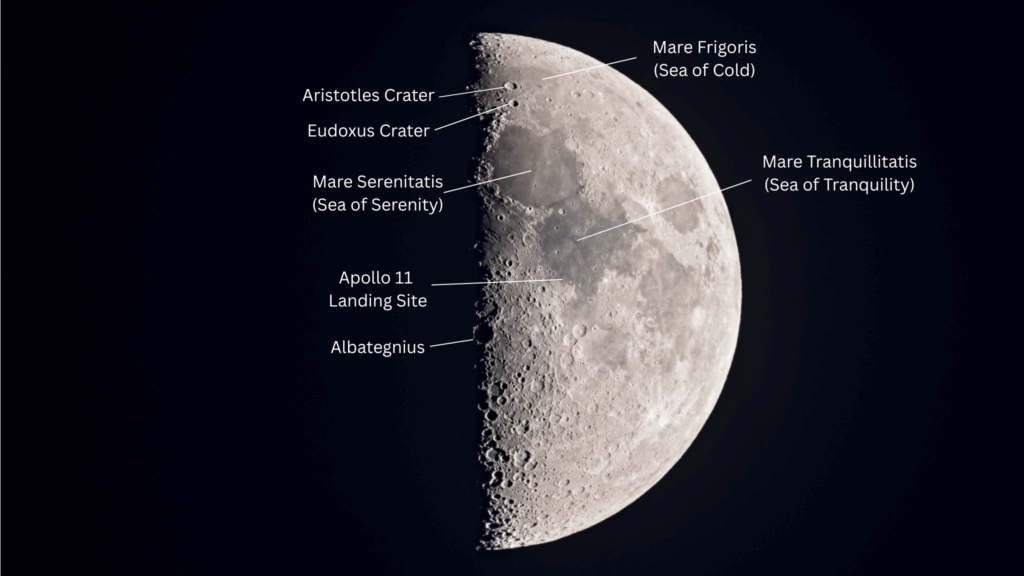Providing an academic lens through which to view the huge interest and hysteria surrounding unidentified flying objects since pilot Kenneth A. Arnold witnessed what he called “flying disks or saucers” while cruising past Mt. Rainier on June 24,1947, a new book titled “After the Flying Saucers Came: A Global History of the UFO Phenomenon” has just been released from Oxford University Press.
Author Greg Eghigian is a professor of history and bioethics at Penn State University who spent nearly a decade delving into the subject of UFOs for this project, which was based on exhaustive archival research, interviews, and newspaper reports swirling around these mysterious aerial sightings.
Eghigian’s illuminating 400-page book chronicles how the phenomenon began right here in America then blossomed into a global obsession over the next few decades up to today’s digital age government studies of “unidentified aerial phenomena” (UAP).
Eghigian credits this newest wave of mania as erupting from a New York Times article in December 2017 regarding a secret government program to study UFOS.
“When that dropped, then subsequent films, photos and more stories, that’s when it all exploded,” he tells Space.com. “As a mainstream media phenomenon, UFOs were kind of dead for a good long period of time and that’s really the thing that ushered it in. The veteran ufologists refer to people as ‘seventeeners,’ those people who believe that all UFO stuff started in 2017 and have no idea about the past.
“For me, I began this project around 2013. I grew up on UFOs and loved this stuff as a kid but lost interest in it when I went off to college. I had some time in the summer and I started digging around a digital archive and found all this stuff. No professor of history had written on the subject since 1975, I thought this seemed like it might be worth a revisit. I knew it was going to be a deep dive, and know there were a lot of rabbit holes but I wasn’t completely ready for just how many there were out there.”
Giving the book a solid foundation in history was an important aspect to this comprehensive UFO exploration for Eghigian as he discovered myriad false accounts, unreliable witnesses and semi-established truths.
“What we do in history is ask ourselves how did we get to where we are? And that happens through choices that are made, but also choices that aren’t made. There are lots of different forks in the road at various places in time and institutions and people do things for a variety of reasons. So you excavate that whole complicated history of the choices made and not made that inform how things got framed the way they are now. And the extent to which that’s reflective of something that represents the reality on the ground versus the image we have of it.
“What was really missing from the way people talk about UFOs was somebody who approached it from the outside looking in who had no skin in the ontology game. I’m not here to referee or debunk. I’m going to take people seriously here, but I’m not going to just take their word for things.”

Eghigian was most unsettled by many of the more outlandish and imaginative explanations out there that all attempt to explain the true nature of these mysterious phenomena.
“I think some of the bigger rabbit holes that I recall are actually the alternative, speculative theories about where the UFOs are coming from,” he notes. “The big ones of course are really the two variations: If these things are real they’re secret technology of the United States or, back then, the Soviet Union. Or they’re from another planet. But there’s lots of other theories that start to come out of the woodwork pretty quickly. These go from that they are ultra-terrestrials from some other kind of space-time continuum or dimension, they are maybe dead people and that they’re a variation on ghosts, to arguments about these are beings that live inside the Earth or live underwater.
“And then there are people who start to see this in Christian theological ways as demons of Satan. I realized if I started to go too far down that road that the book was never going to get completed, so I largely put my focus solely on the extraterrestrial argument.
“UFOs don’t make history. People make UFOs make history. They are a phenomenon beyond just something that is seen. It’s a social phenomenon. It’s all the different people and institutions who get involved that try to make this thing important, to try to argue that this matters, and that includes debunkers and irrational people who try to use UFOs as opportunities to make spurious arguments that undermine science.”

RELATED STORIES:
According to Eghigian, the fact that military intelligence has declared that there’s something real there, and not just the result of computer glitches feels like confirmation for a lot of UFO faithful.
“The UFO world is awash in rumor. This stuff has legs within different segments of academia,” he adds. “There are serious people like me who are saying, ‘Be ready if you really want us to look into this stuff. Because we academics are slow and we are very, very skeptical. It’s the way we operate. So just be careful what you wish for. If we do get into this stuff it’s likely not going to play out in the way that a lot of people imagine it playing out.
“It’s cooling down a bit but there’s still a lot of people excited and enthused about it so I don’t think it’s going away anytime soon.”



